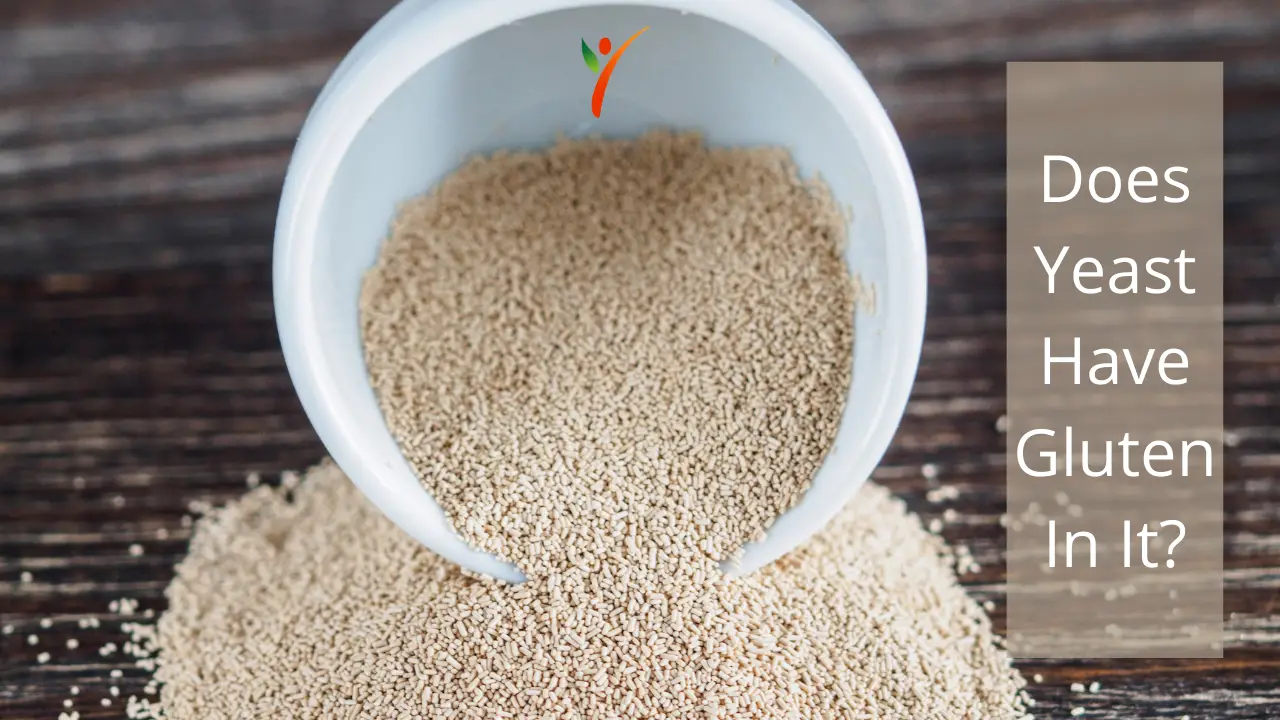If you're making gluten-free homemade pizza crust or bread, you might've noticed the recipe calling for yeast. While you can ensure the rest of your ingredients are safe on a gluten-free diet, what about yeast?
Knowing what ingredients you can and can't have on your diet is crucial to leading a healthy gluten-free life.
Here's your essential guide to understanding what yeast is and whether you should be adding it to the recipe when going gluten-free.
What is Yeast?
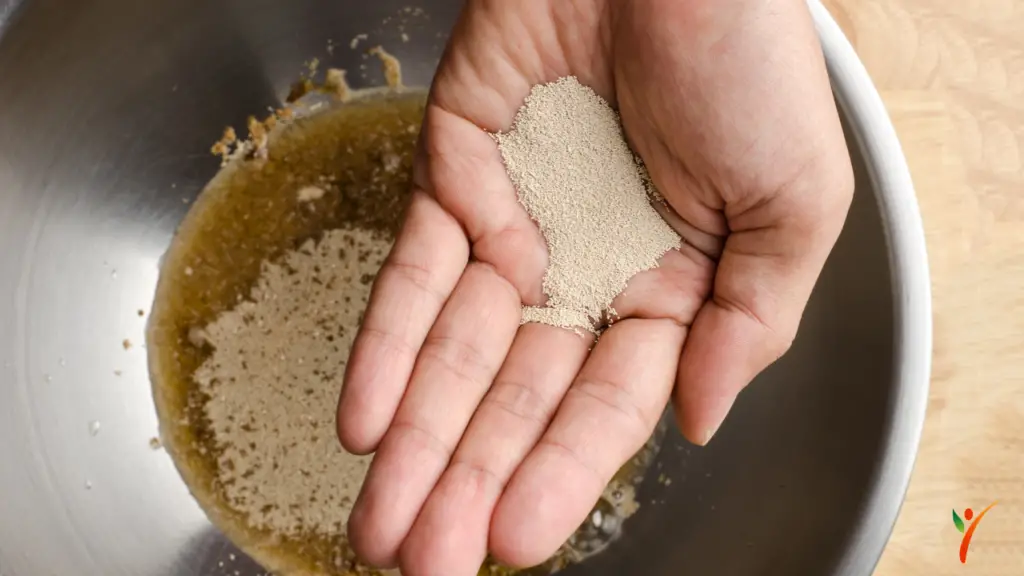
First things first, what exactly is yeast? For starters, yeast is a single-cell living organism. Meaning it's a living, thriving species, much like humans, but as a single-cell only. You might be wondering what yeast, or Saccharomyces cerevisiae in scientific terms, does to food?
You'll need to provide the yeast with nutrition, a warm environment, and moisture for it to do its work. The controlled environment and food let yeast convert the starch and glucose into alcohol and carbon dioxide.
You might have read about fermentation in science; this is the practical application of that! In return, the carbon dioxide gas evolving inside the food is what makes baking goods rise. In other words, yeast acts as a leavening agent with the help of fermentation, making the dough rise. Another useful application of fermentation with yeast is the brewing of beer in the alcohol industry.
Types of Yeast
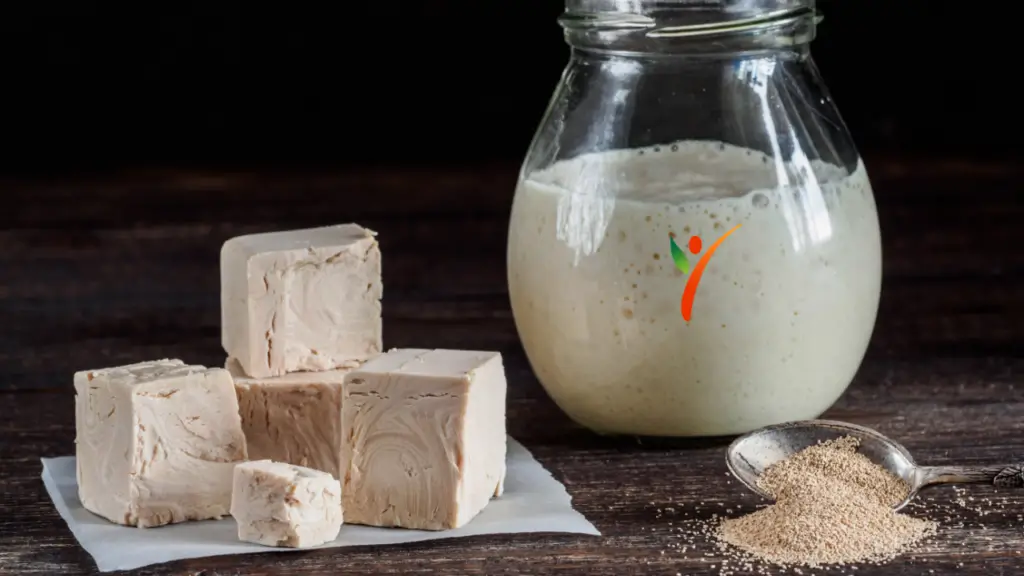
If you're under the misconception that there's only one type of yeast, there are 500 different species! Hence, today manufacturers use different types of yeast for other purposes. Let's break down how yeast is used for various reasons and how you can use it in your kitchen.
Baker's Yeast
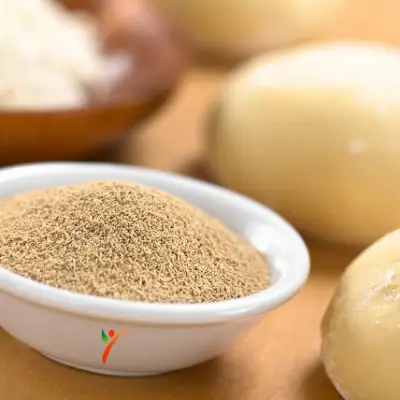
Baker's yeast is the partner you need for baking if you want your dough to rise beautifully. Yeast is added to the mixture when you're making the dough. As a result, it gets trapped within the dough and multiplies while producing CO2 gas. Hence, the dough rises in two steps- when you let it sit before kneading and when it's oven-baked.
If you don't want a dense bread in the end, yeast is integral to the process. And this, folks, is the reason this yeast is named “baker's yeast.” Although, baker's yeast is further divided into two main types- 1. Active dry yeast, 2. Instant yeast. When you decide to use active dry yeast, it needs to be dissolved in water before mixing it in the dough. Contrastingly, instant yeast can be directly incorporated into the dry ingredients when you're making the dough.
Brewer's Yeast
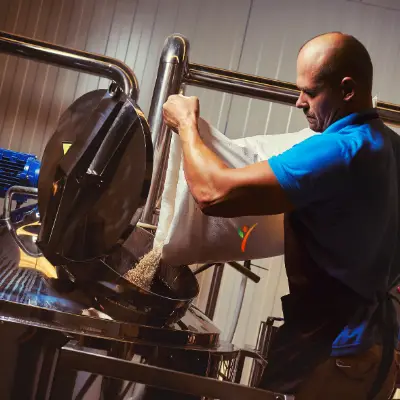
Once again, this yeast gets its name from its function, i.e., the production of alcohol. Brewer's yeast is an additional product obtained from the beer-making process. This same byproduct is used to produce alcohol and carbon dioxide from the grains of barley.
This yeast, collected from the beer-making process, gives the alcoholic nature and fizziness to beer. Another advantage of brewer's yeast is that it is packed with minerals making it an excellent nutritional supplement. You'll find tons of dietary supplements in pharmacies made from brewer's yeast.
Nutritional Yeast
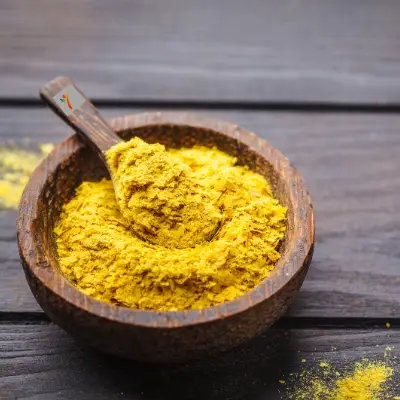
Nutritional yeast has made a name in the vegan world due to its cheesy flavor, making it an ideal cheese-substitute. The birth of this yeast type occurs on sugar beet or cane sugar in some cases.
Nutritional yeast is high in, you guessed it, nutritional components! Packed with Vitamin B and minerals, this yeast is added to daily diets or taken as supplements. Additionally, nutritional yeast is the main product as a food supplement, unlike brewer's yeast.
Yeast Extract

Yeast extract is used as an additional flavoring in manufactured food products. It is an umami, tangy flavor you can find in everything from sauces to canned stews. There's a chance the salty potato chips you're munching on probably have it too!
The science behind yeast extract is that yeast's cell content but exempting its cell walls. A significant benefit of using yeast extract as a flavoring is that it's entirely vegan-friendly for those on that diet.
Yeast on a Gluten-Free Diet
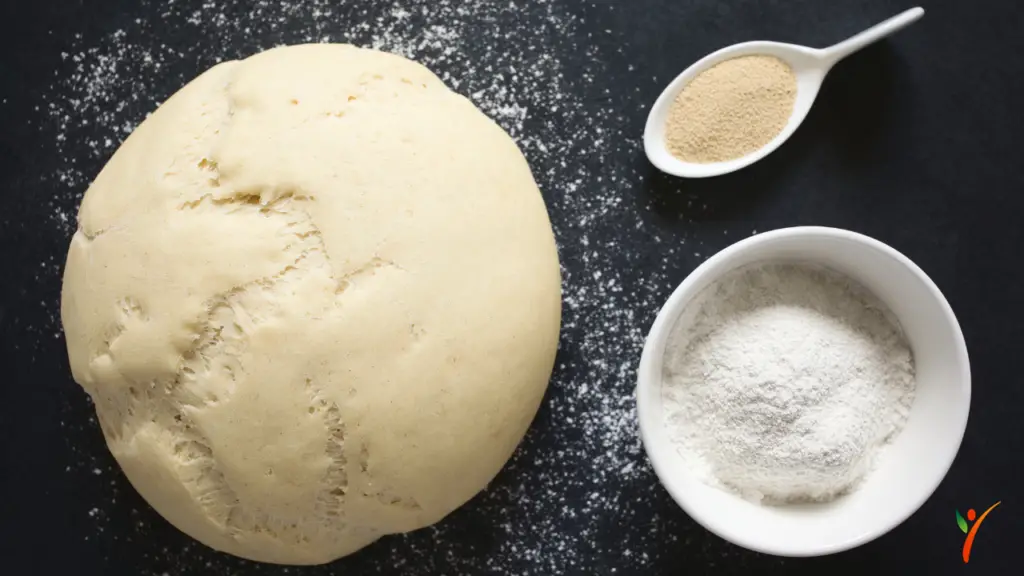
Now that we've covered the various types and uses of yeast in the modern era, is it gluten-free? Since different types of yeast are produced through specific methods, they might not all be gluten-free.
What are the different types?
- Baker's Yeast-
Baker's yeast, both active dry yeast and instant yeast, is naturally considered gluten-free. However, it's usually made under large-scale production in factories. As a result, manufacturers sometimes add wheat starch or wheat starch to the product.
Since wheat is a gluten-containing grain, you'll have to double-check with the manufacturer. Manufacturers that produce gluten-free baker's yeast in the US include Bob's Red Mill, Redstar, and Bellarine.
- Brewer's Yeast-
Since this type of yeast is a byproduct of beer manufacturing, it's a no-go on a gluten-free diet. The process uses barley, which then contaminates the manufactured yeast.
Although, if you're desperate, you can find brewer's yeast grown with the help of sugar beets. Some companies that make gluten-free brewer's yeast are Anthony's, Hoosier Hill, and Lewis Labs.
- Nutritional Yeast-
Although nutritional yeast is great as a vegan substitute, it might not be the best gluten-free ingredient. Don't be mistaken; there are gluten-free nutritional yeast options.
The gluten-content depends on how the yeast is grown by the manufacturing company. A few gluten-free options to look into are KAL nutritional yeast flakes and Bragg's nutritional yeast.
- Yeast Extract-
Once again, using yeast extract on a gluten-free diet is a doubtful operation. This is because certain types of yeast extract may be processed using the traditional brewer's yeast.
Since many processed foods do not specify if the yeast extract is gluten-free, check in to that as well. Overall, you should avoid buying prepacked food that is not labeled gluten-free exclusively.
Substitutes for Yeast
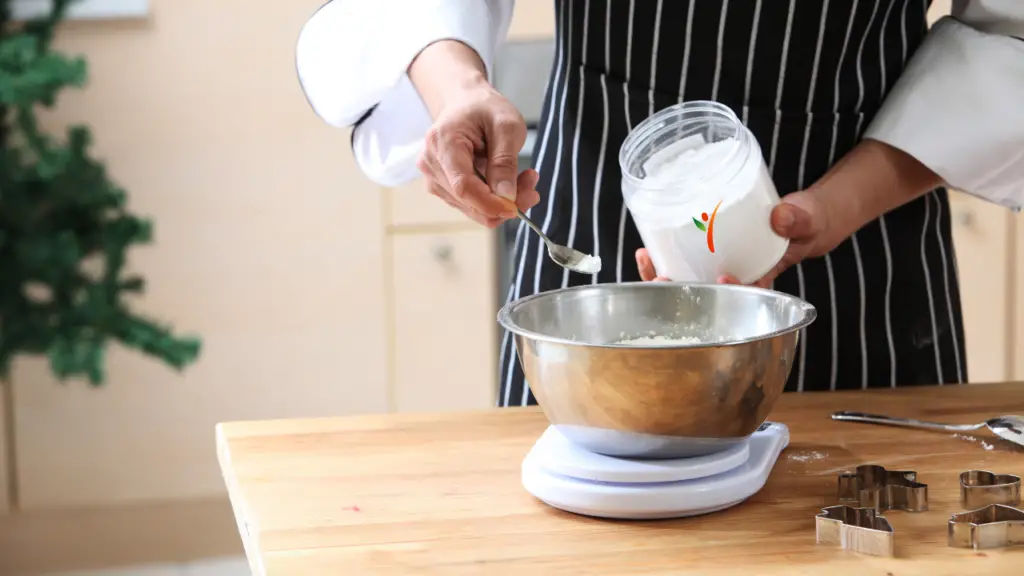
If you can't get your hands-on gluten-free yeast and you have to bake that bread, substitutes come in handy. Let's be clear, though; nothing compensates for yeast in terms of that perfectly fluffy texture. But when it comes to desperate measures, you can go for two items in your pantry.
The first is baking powder; add this to your recipe in equal amounts to the yeast requirement. You can also use baking soda and a form of acid by mixing 50/50 equivalent to the yeast's quantity. For example, to substitute two teaspoons of yeast, mix one teaspoon baking soda with one teaspoon lemon juice or vinegar.
Baking with Yeast
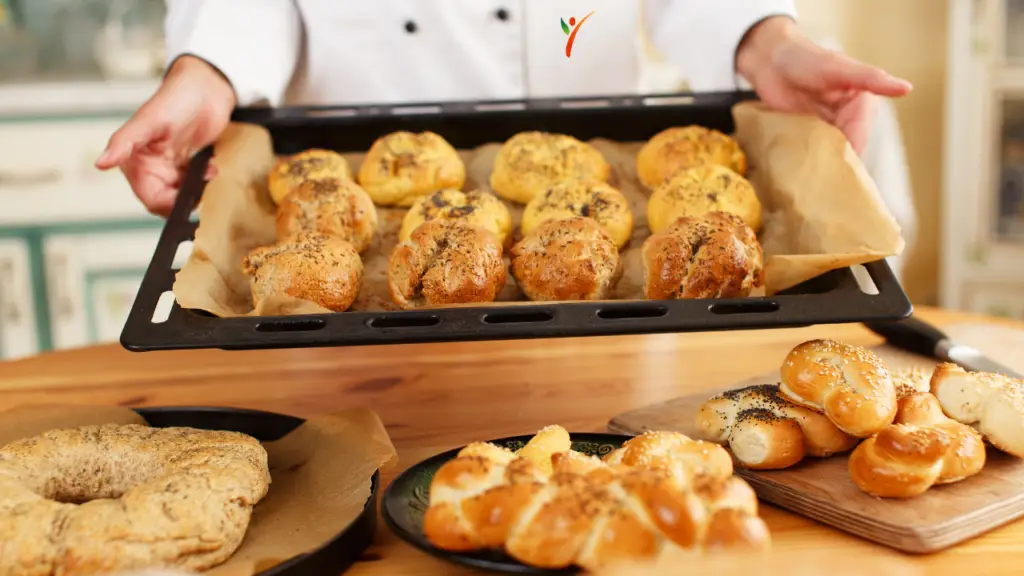
You'll need yeast if you're baking bread, biscuits, pizza, etc. The yeast used in baking comes in the form of fresh yeast or dry yeast. And both these types require different methods of usage when utilized in baking.
Fresh yeast is highly concentrated but expires within three days, meaning it can no longer be activated. To use fresh yeast, all you've to do is add it to your dry ingredients. Simultaneously, you can also mix it in with a liquid before adding it to the recipe.
Active dry yeast is the dried form of yeast that you can store in your kitchen for months. However, this type of yeast is not as concentrated as fresh or instant yeast. Which means it requires more time to make the dough rise. You'll need to dissolve the yeast in warm liquid first to activate it before adding it to the recipe.
Instant yeast has an increased concentration as compared to active dry yeast. For this reason, your dough will rise much quicker than if you're using active dry yeast. Another benefit is that you can directly add this yeast without activating it in a warm liquid. The downside is that it's slightly more expensive than active dry yeast.
Conclusion
Yeast and baking are two things that go together. You can still indulge in the goodness of baking on a gluten-free diet. As long as you're going for gluten-free manufacturers with your ingredients, you can keep making those fluffy, airy homemade loaves of bread.
What's more, you can try tons of gluten-free baking recipes with gluten-free yeast for a delicious any time of the day.
The owner of this website, HealthYeahLife.com, is a participant in the Amazon Services LLC Associates Program, an affiliate advertising program designed to provide a means for sites to earn advertising fees by advertising and linking HealthYeahLife.com Review to Amazon properties including, but not limited to, amazon.com.

